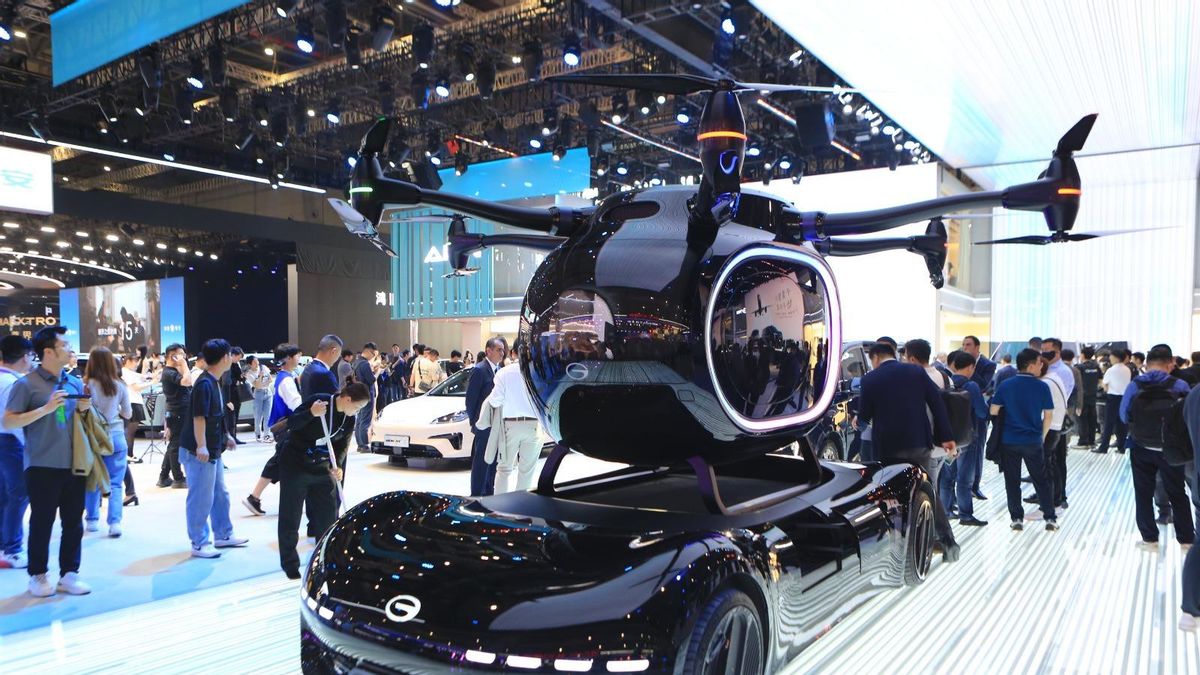
Toyota projects 35% profit drop due to Trump's 25% auto tariffs, costing $1.3B in just two months. US market disruption threatens their largest global revenue source.

Drivetech Partners
Toyota, the world's largest automaker, is projecting a dramatic 35% drop in net profit for fiscal year 2025-26, plummeting from last year's record high of ¥4.8 trillion to ¥3.1 trillion (~$20.2 billion). The company's financial forecast signals severe disruption caused by President Trump's trade policies, which include a 25% tariff on imported vehicles and auto parts, creating an estimated $1.3 billion financial hit in just April and May 2025 alone.
Key Takeaways
Toyota expects operating profit to fall 21% to ¥3.8 trillion for the year ending March 2026, following their all-time highest annual profit last year
Tariffs on imported vehicles and parts will cost Toyota an estimated $1.3 billion in just two months, with longer-term implications for their US market strategy
Currency fluctuations are projected to cost Toyota ¥745 billion for the full year, creating a "perfect storm" alongside tariff pressures
The United States represents Toyota's largest market at 20% of global sales, making this disruption particularly concerning for their global strategy
Automotive tariffs affect Japan's export economy broadly, as the auto sector comprises 28% of Japanese exports to the US

Toyota's Historic Profit Reversal
After achieving record-breaking profits last year, Toyota now faces one of its most significant financial challenges in recent memory. The company's projected 35% profit plunge represents a sharp reversal of fortune for the automotive giant that sold 10.8 million vehicles worldwide in 2024. This dramatic forecast serves as an early warning signal to investors that the geopolitical trade landscape has fundamentally shifted.
The severity of the decline is particularly striking considering Toyota's operating profit is expected to fall 21% to ¥3.8 trillion (~$25.4 billion) for the year ending March 2026. This steep drop comes after the company had successfully navigated supply chain challenges, chip shortages, and pandemic-related disruptions in previous years.
Trump's Tariffs Create Immediate Financial Pressure
The primary driver behind Toyota's financial reversal stems from the Trump administration's aggressive tariffs targeting imported vehicles and auto parts. The 25% levy applies broadly across Toyota's import operations, affecting everything from fully assembled vehicles to critical components like engines and transmissions.
Toyota estimates these tariffs will cost the company $1.3 billion in just April and May 2025 alone. As of May, these trade policies had already impacted the 2025-26 operating profit by ¥180 billion (~$1.2 billion), according to company reports.
While the tariff policy includes a two-year grace period for companies to relocate supply chains to the US, such manufacturing transitions require:
Significant capital investment in new production facilities
Complex logistics and supply chain reorganization
Time-consuming workforce training and development
Regulatory approvals and compliance considerations

Currency Fluctuations Compound Financial Challenges
Beyond tariffs, Toyota faces a second major financial pressure from currency movements. A weakening dollar significantly reduces US earnings when converted back to yen, creating a multiplier effect on profitability challenges. For the full fiscal year, currency effects are projected to cost Toyota ¥745 billion, making them the largest negative factor in the company's profit forecast.
This combination of tariffs and unfavorable exchange rates creates what industry analysts describe as a "perfect storm" for Toyota's financial performance. These dual challenges highlight the vulnerability of multinational companies to both trade policy shifts and monetary dynamics beyond their control.
US Market Significance and Consumer Response
The United States remains Toyota's most important global market, accounting for approximately 20% of its worldwide vehicle sales. This market concentration makes the company particularly vulnerable to US policy shifts and consumer sentiment changes.
Interestingly, Toyota reports a temporary surge in US vehicle sales as consumers rush to purchase before price increases from tariffs take effect. This short-term boost masks potential long-term concerns about market sustainability if prices rise substantially.
The company's heavy reliance on US revenue makes this market disruption particularly concerning for Toyota's global strategy, potentially forcing a fundamental reassessment of their North American operations.
Long-Term Sales Outlook Under Continued Tariff Pressure
While Toyota currently benefits from consumers rushing to purchase vehicles before price increases, analysts warn that this sales boom is likely temporary. Sustained tariff pressure will eventually result in higher consumer prices, potentially dampening long-term demand across the US auto market.
Rising vehicle prices resulting from tariff pass-through could significantly shift US consumer sentiment, particularly in price-sensitive segments where Toyota has traditionally been strong. The sustainability of Toyota's market position is increasingly questioned if aggressive trade policies persist beyond short-term political cycles.
Industry experts predict potential market share shifts as consumers may seek alternatives to Toyota's vehicles, especially if domestically-produced competitors can maintain more stable pricing.
Japanese Auto Industry Exposure and Supply Chain Impacts
The automotive sector represents about 28% of Japanese exports to the US, making it particularly vulnerable to these trade tensions. Toyota's position as the world's top-selling automaker makes its response a critical industry benchmark that other manufacturers are closely watching.
Beyond Toyota, the entire Japanese automotive supply chain, including parts suppliers and related services, faces significant disruption. Other Japanese automakers confront similar challenges, creating broader economic concerns for Japan's export-driven economy.
This widening impact extends to thousands of suppliers, many of whom lack the scale and financial resources of Toyota to quickly adapt to radical policy changes.
Strategic Responses and Production Realignment
Toyota and other Japanese automakers are urgently exploring shifting more production to the United States to mitigate tariff impacts. Such manufacturing transitions require substantial capital investment and time to implement properly, creating a challenging timeline for adaptation.
The company must balance short-term profit protection with long-term strategic positioning in its largest market. These forced adaptations may reshape global automotive manufacturing patterns and supply chain configurations for years to come, potentially accelerating Toyota's existing localization strategies.
For Toyota specifically, these changes could mean:
Expanding existing US production facilities
Bringing more component manufacturing stateside
Forming new partnerships with US-based suppliers
Adjusting product mix to favor US-built models
Consumer Price Impact and Market Competitiveness
Toyota will likely need to pass some tariff costs to consumers through price increases across models. These higher prices may affect Toyota's competitive position against domestically-produced vehicles that aren't subject to the same tariff structure.
The price sensitivity of different vehicle segments will determine where Toyota can maintain margins. Luxury and high-margin vehicles like Lexus models may better absorb price increases than Toyota's mainstream vehicles like the Corolla and RAV4, which compete in more price-sensitive segments.
While the full consumer impact remains to be seen, industry analysts suggest Toyota faces difficult choices balancing profitability, market share, and long-term brand positioning in what has traditionally been their most lucrative international market.
Sources
Fox Business - Toyota sees $1.3B profit hit from Trump tariffs in 2 months
Autoblog - Toyota Says Its Billion-Dollar Tariff Bill May Raise New Car Prices
Malay Mail - Toyota warns of 35pc profit hit for 2025–26 as Trump tariffs take toll
Images: Toyota





